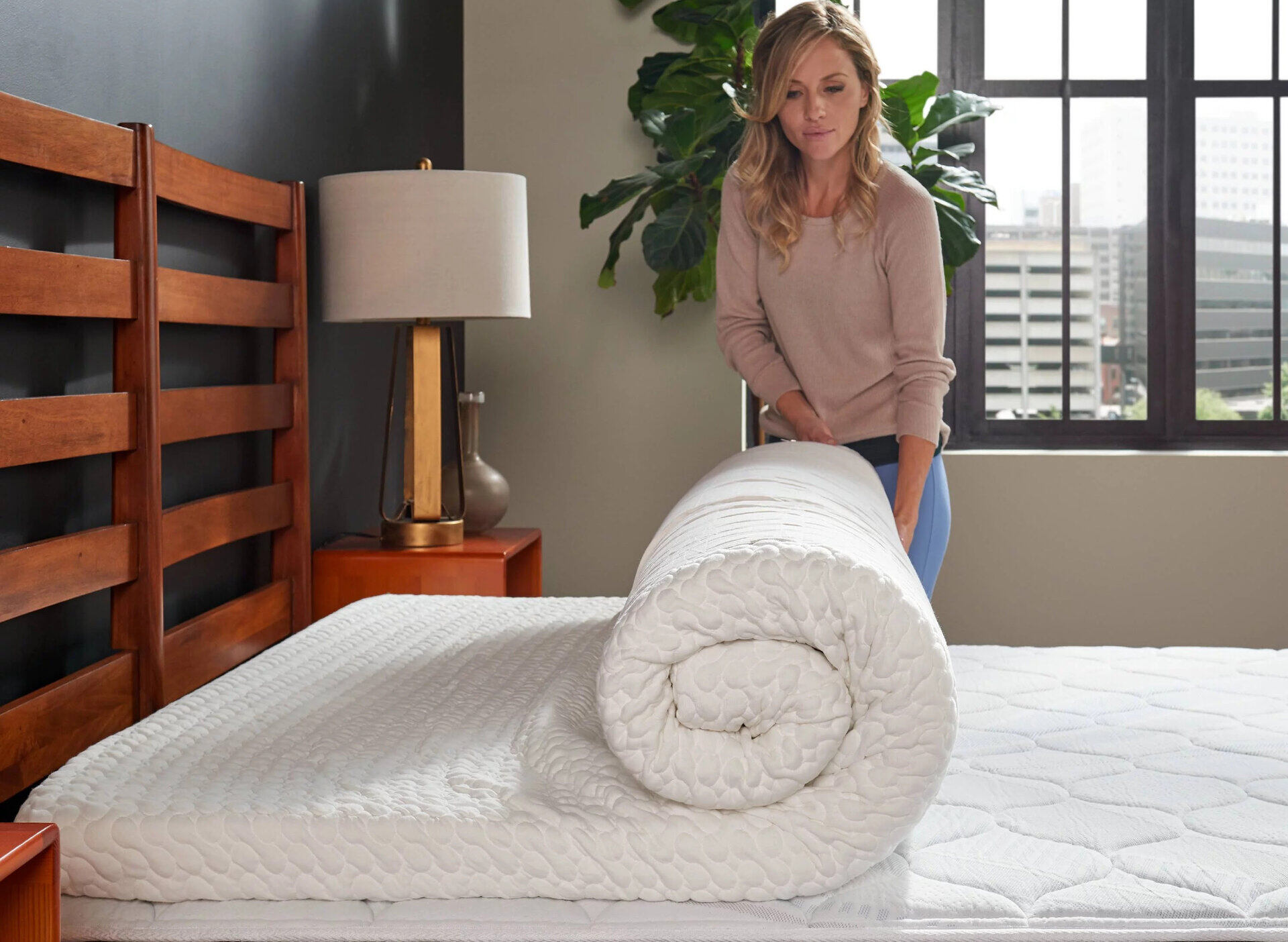

Articles
How To Store Mattress Pad
Modified: November 2, 2024
Discover the best way to store your mattress pad with our helpful articles. Keep your mattress pad clean and well-maintained for years to come.
(Many of the links in this article redirect to a specific reviewed product. Your purchase of these products through affiliate links helps to generate commission for Storables.com, at no extra cost. Learn more)
Introduction
When it comes to keeping your mattress pad in good condition, proper storage is essential. Whether you need to store it temporarily during a move or for seasonal changes, taking the right steps will ensure that your mattress pad stays clean, protected, and ready to use when you need it again.
In this article, we will guide you through the process of storing your mattress pad effectively. From cleaning to choosing the right storage space and implementing protective measures, we’ve got you covered. By following these steps, you can extend the lifespan of your mattress pad and maintain its comfort and functionality.
So, let’s get started on how to store your mattress pad the right way!
Key Takeaways:
- Properly cleaning and folding your mattress pad before storage helps maintain its quality and freshness, ensuring it’s ready for future use without damage or discomfort.
- Choosing an appropriate storage space and implementing protective measures, such as using a breathable cover and periodic checks, can preserve your mattress pad’s cleanliness and usability for years to come.
Read more: How To Use A Mattress Pad
Step 1: Clean the Mattress Pad
The first step in storing your mattress pad is to ensure that it is thoroughly cleaned. Over time, dirt, dust, and stains can accumulate, so it’s important to give it a proper cleaning before storing it away.
Start by checking the care instructions on the label of your mattress pad. Most mattress pads can be machine washed, but some may require spot cleaning or professional cleaning. Follow the recommended cleaning method to avoid damaging the material.
If you are machine washing your mattress pad, use a gentle cycle with cold water and a mild detergent. Avoid using bleach or harsh chemicals that can degrade the fabric. If there are any stubborn stains, pre-treat them before washing by gently rubbing a stain remover or a mixture of water and detergent onto the stained area.
Once the mattress pad is washed, it’s crucial to ensure it is completely dry before storing it. Excess moisture can lead to mold or mildew growth, which can ruin the pad. Tumble dry the mattress pad on a low heat setting or hang it outside to air dry. Make sure it is thoroughly dry before proceeding to the next step.
Alternatively, if you don’t have access to a washing machine or prefer not to wash the entire pad, you can spot clean the stains using a mild detergent and a sponge. Gently blot the stained area until the stain is removed. Allow the spot-cleaned area to dry completely before moving on to the next step.
By thoroughly cleaning your mattress pad before storage, you can remove any dirt, dust, or stains that could potentially damage the fabric. It will also help keep your mattress pad fresh and ready for use when you take it out of storage.
Step 2: Choose an Appropriate Storage Space
Selecting the right storage space for your mattress pad is essential to ensure its protection and longevity. Here are a few considerations when choosing an appropriate storage space:
- Clean and Dry: Look for a storage area that is clean, dry, and free from moisture. Avoid basements, attics, or any area prone to leaks or humidity. Moisture can lead to mold or mildew growth on your mattress pad, causing damage and unpleasant odors.
- Dust-Free: Opt for a storage space that is dust-free or has minimal dust accumulation. Dust can settle on your mattress pad over time, making it more difficult to clean when you retrieve it. Consider covering your mattress pad with a clean, breathable fabric cover for extra protection against dust.
- Temperature Control: Ideally, choose a storage space that has stable temperatures. Extreme heat or cold can impact the quality of the materials in your mattress pad. Avoid spaces like garages or uninsulated sheds that can experience extreme temperature fluctuations.
- Adequate Space: Ensure that the storage space is large enough to accommodate your mattress pad without excessive folding or compression. It’s important to allow the mattress pad some room to breathe and maintain its shape.
If you don’t have a suitable storage area available in your home, consider other options like renting a climate-controlled storage unit. These units provide optimal conditions for storing items that are sensitive to temperature and humidity changes.
Remember to clean and prepare the storage space before placing your mattress pad inside. Sweep or vacuum the area to remove any debris or dust. Additionally, consider adding moisture-absorbing products like silica gel packets or desiccant bags to help control humidity and prevent mold or mildew.
By choosing an appropriate storage space, you can ensure that your mattress pad remains clean, protected, and in good condition throughout its time in storage.
Step 3: Fold the Mattress Pad Properly
Folding your mattress pad correctly is crucial to prevent creases, wrinkles, and damage to the fabric. Follow these steps to fold your mattress pad properly:
- Start with a Clean Surface: Lay a clean, flat surface, such as a table or clean floor, where you can fold your mattress pad.
- Smooth Out Any Wrinkles: Before folding, make sure to smooth out any wrinkles or lumps on the surface of the mattress pad to ensure a clean and even fold.
- Fold in Half: Fold the mattress pad in half lengthwise, bringing one end to meet the other. This will create a long rectangle shape.
- Fold in Half Again: Take one end of the folded mattress pad and bring it towards the other end, folding it in half again. Ensure that the edges line up as closely as possible.
- Continue Folding: Depending on the size of your mattress pad, you may need to fold it one or two more times to achieve a manageable size. Fold it in halves or thirds, whichever works best for your storage space.
- Smooth Out Any Air Pockets: As you fold, make sure to smooth out any air pockets or excess fabric to create a tight and compact fold.
Remember, the goal is to create a neat, compact fold that minimizes the chances of the mattress pad getting damaged during storage. Avoid folding it too tightly, as this can lead to unnecessary strain on the fabric or padding.
If your mattress pad has a removable cover, consider folding the pad separately from the cover to prevent any potential damage to the cover or pad itself.
It’s worth mentioning that some mattress pads come with specific folding instructions. If you still have the manufacturer’s guidelines or care instructions, be sure to follow them for the best folding method.
By folding your mattress pad properly, you can ensure that it takes up minimal space in storage while maintaining its shape and integrity.
When storing a mattress pad, make sure it is completely dry to prevent mold and mildew. Store it in a cool, dry place away from direct sunlight to maintain its quality. Consider using a mattress storage bag for added protection.
Step 4: Protect the Mattress Pad
Protecting your mattress pad during storage is essential to ensure its cleanliness and longevity. Here are some measures to take to safeguard your mattress pad:
- Use a Protective Cover: Consider covering your folded mattress pad with a breathable fabric cover. This cover will provide an additional layer of protection against dust, dirt, and potential damage.
- Avoid Plastic Wrapping: While plastic may seem like a convenient option for protecting your mattress pad, it can trap moisture and lead to mold or mildew growth. Opt for breathable materials, like fabric covers, to allow air circulation.
- Keep Away from Pets and Children: Store your mattress pad in a location that is out of reach of pets and children. This helps to prevent any accidental damage or soiling of the mattress pad.
- Consider Vacuum Sealing: If you need to store your mattress pad for an extended period or want to save space, you can consider vacuum-sealing it. Vacuum-sealed bags remove excess air and minimize the size of the mattress pad, but be cautious not to over-compress it.
- Use Acid-Free Tissue Paper: If you have delicate or antique mattress pads, consider using acid-free tissue paper to prevent any discoloration or chemical reactions with the fabric.
- Store Away from Sunlight: Avoid storing your mattress pad in direct sunlight or near windows. Prolonged exposure to sunlight can cause fading and degradation of the materials.
By implementing these protective measures, you can ensure that your mattress pad remains clean, free from damage, and ready for use once you retrieve it from storage.
Read more: How Often To Replace A Mattress Pad
Step 5: Store in a Safe Location
Once you have cleaned, folded, and protected your mattress pad, it’s time to find a safe location for storing it. Here are some key factors to consider when choosing a storage spot:
- Accessibility: Select a location that is easily accessible so you can retrieve the mattress pad when needed. Avoid storing it in the back of a storage space where it may be difficult to reach.
- Elevated Storage: If possible, keep your mattress pad off the ground to prevent it from being damaged by pests, leaks, or accidental spills. You can use storage racks, pallets, or even wooden boards to elevate it.
- Organize with Care: If you are storing multiple items, be mindful of how you arrange them. Avoid placing heavy objects on top of your mattress pad that could potentially compress or damage it.
- Label and Document: Label the storage container or area where you store your mattress pad, and keep a record of its location. This will make it easier for you to locate it in the future without hassle.
- Periodic Checks: Make it a habit to periodically check on your stored mattress pad to ensure there are no signs of moisture, pests, or damage. This will allow you to address any issues promptly.
It’s crucial to note that storing your mattress pad for an extended period might affect its performance and durability. If you plan to store it for a prolonged duration, aim to check on it at least once every few months to ensure its condition.
Lastly, always keep your mattress pad away from any potential hazards such as sharp objects, liquids, or items that can cause friction or damage.
By storing your mattress pad in a safe location and taking preventative measures, you can preserve its quality, cleanliness, and usability until you need it again.
Conclusion
Properly storing your mattress pad is key to maintaining its quality and ensuring that it remains in excellent condition for future use. By following the steps outlined in this article, you can effectively clean, fold, protect, and store your mattress pad, prolonging its lifespan and preserving its comfort.
Start by thoroughly cleaning your mattress pad, following the care instructions provided. Ensure that it is completely dry before proceeding to the next steps. Choose an appropriate storage space that is clean, dry, and free from dust and moisture. Consider covering your mattress pad with a breathable fabric cover to protect it from dust and potential damage.
Fold your mattress pad properly, avoiding excessive compression or wrinkling, and smooth out any air pockets. Take extra care if you have a removable cover, folding it separately to prevent any damage.
Protect your mattress pad by avoiding plastic wrapping, keeping it away from pets and children, and considering vacuum-sealing for long-term storage. Use acid-free tissue paper for delicate or antique mattress pads, and store it away from direct sunlight to avoid fading.
Finally, find a safe location for storing your mattress pad that is easily accessible and elevated. Take care to organize your storage space and periodically check on the mattress pad to ensure its condition and address any potential issues.
By following these steps, you can ensure that your mattress pad is well-maintained and ready for use whenever you need it. Proper storage will help extend its lifespan, preserve its comfort, and protect your investment.
Remember, a little effort in properly storing your mattress pad today can go a long way in ensuring its longevity and keeping it in optimal condition for years to come.
Frequently Asked Questions about How To Store Mattress Pad
Was this page helpful?
At Storables.com, we guarantee accurate and reliable information. Our content, validated by Expert Board Contributors, is crafted following stringent Editorial Policies. We're committed to providing you with well-researched, expert-backed insights for all your informational needs.
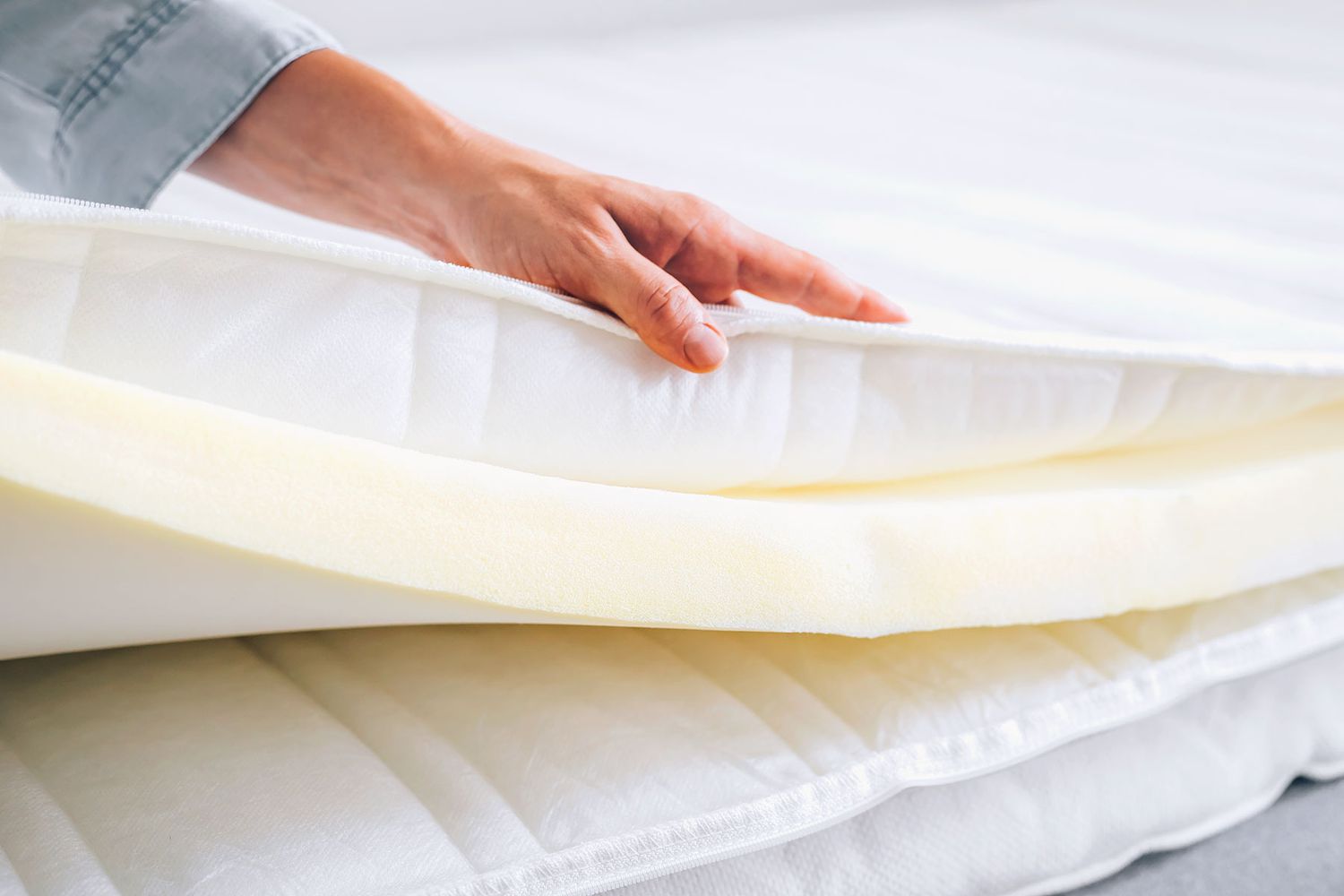

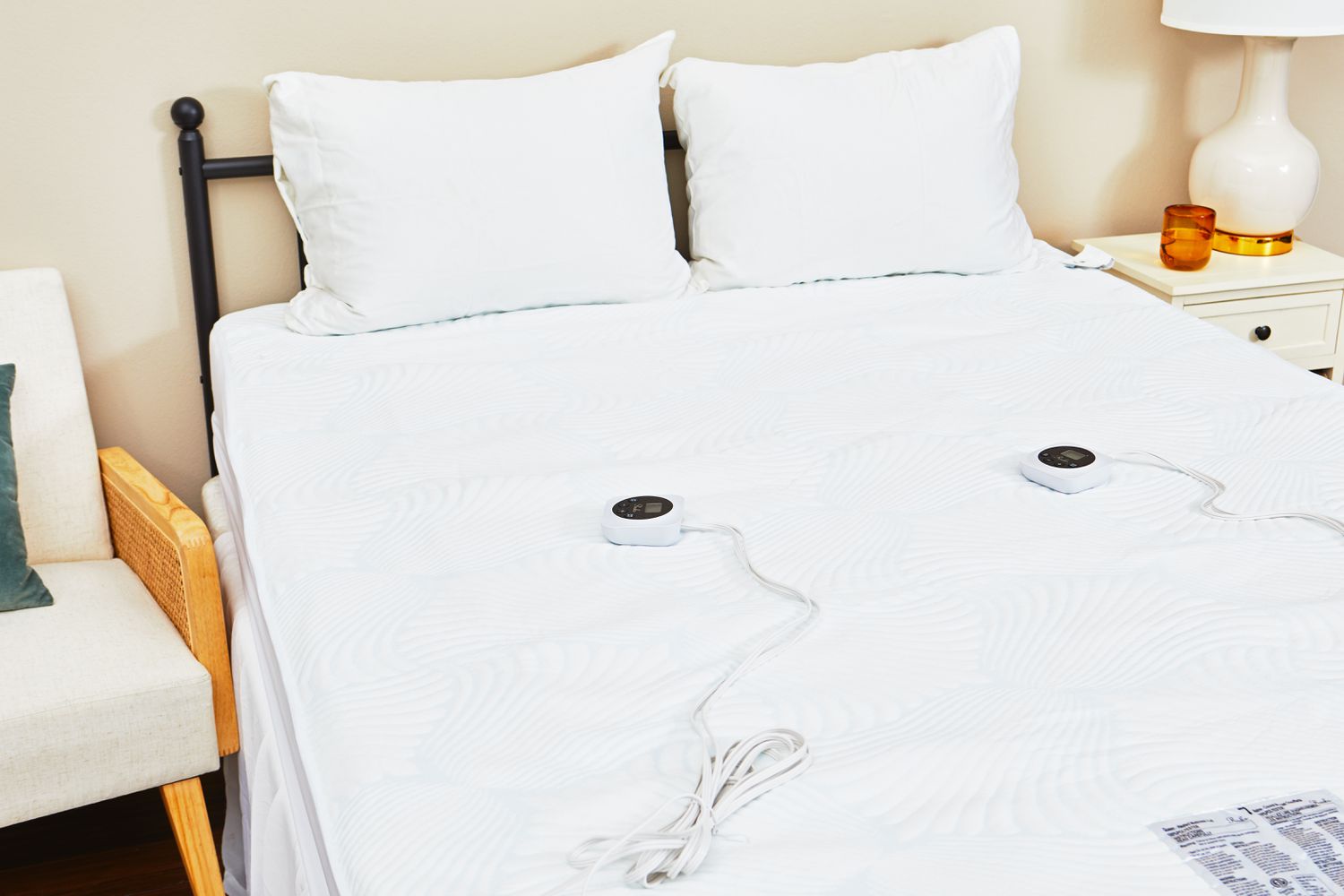
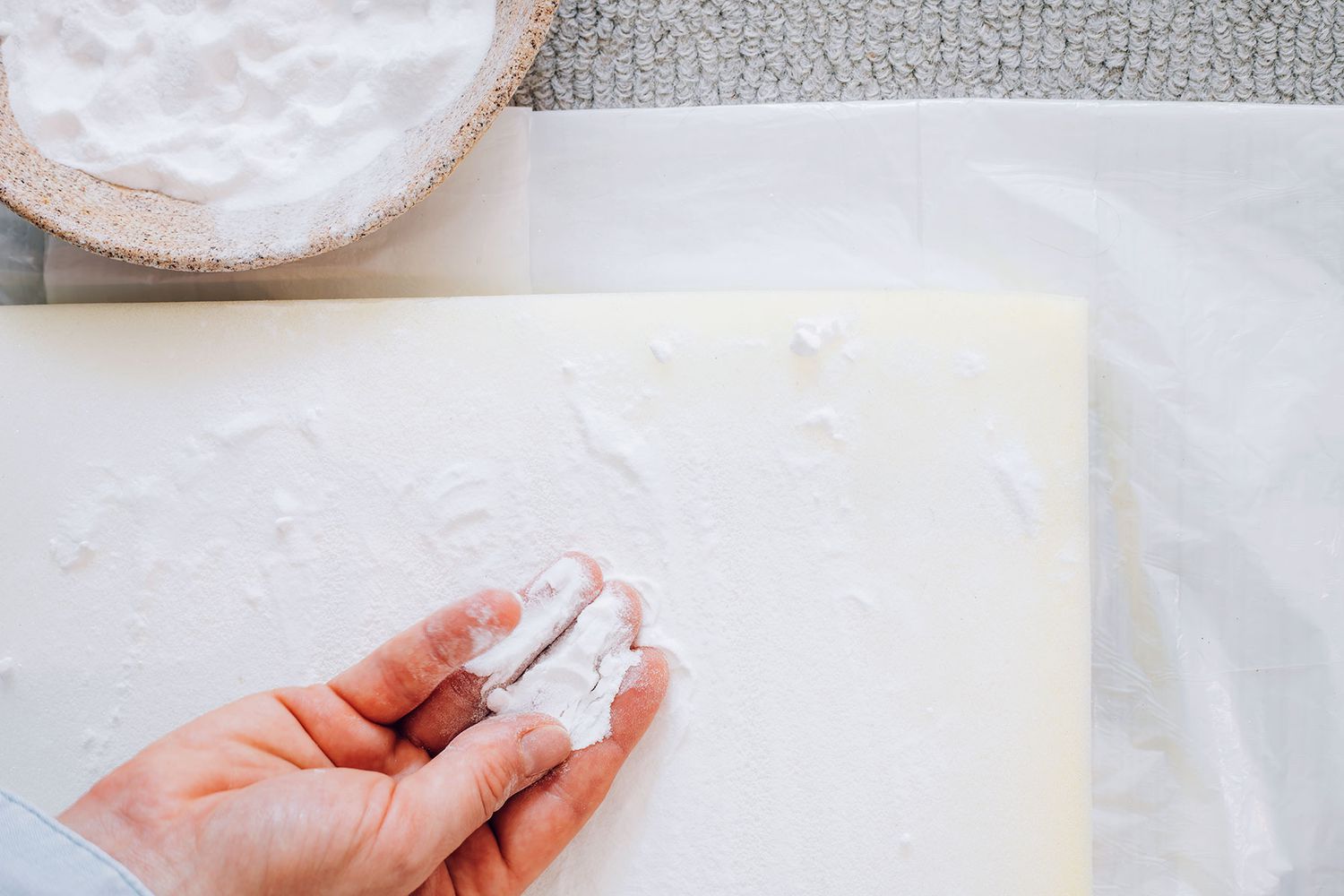
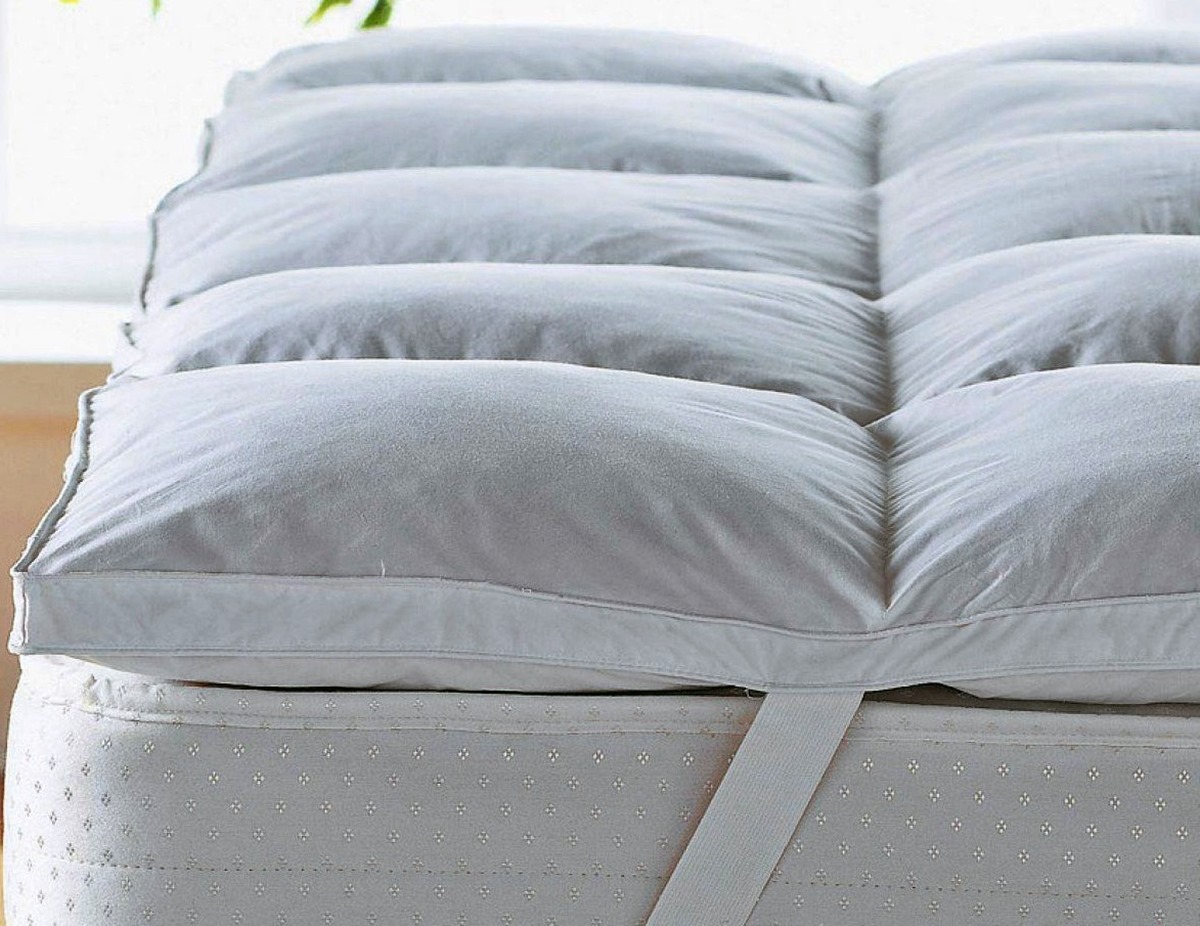
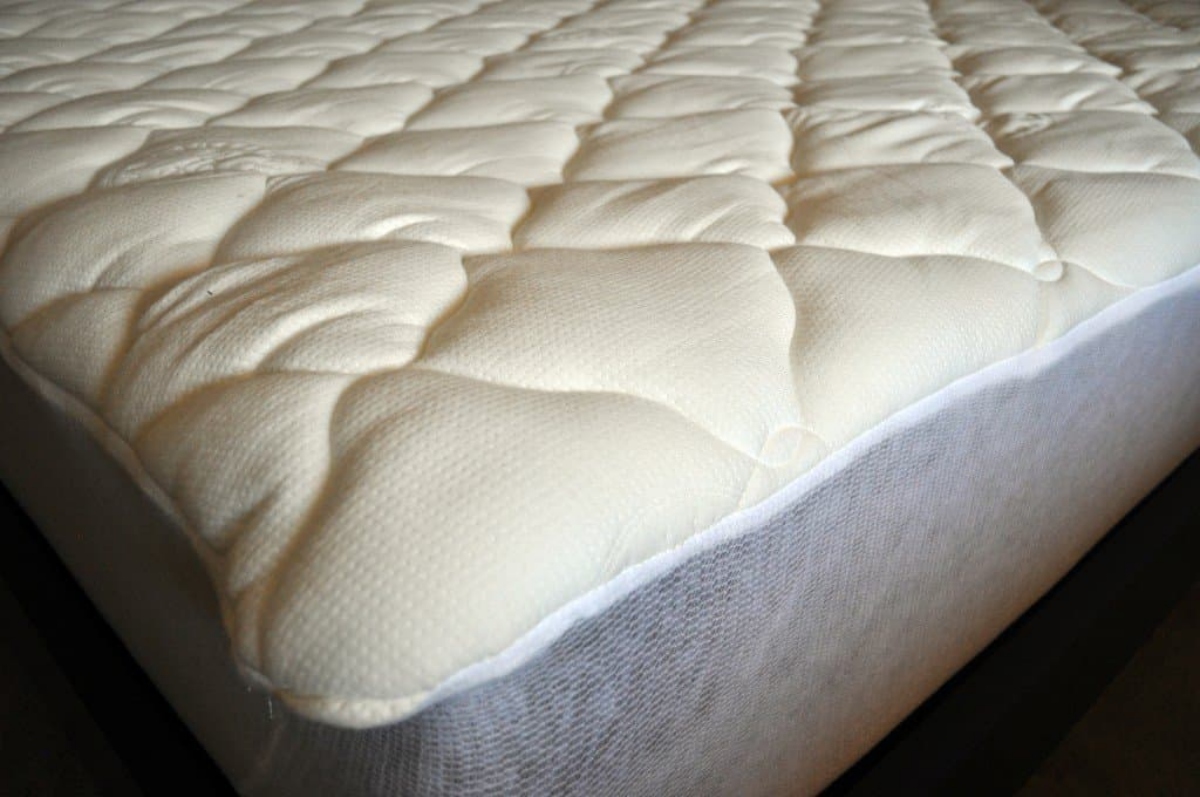
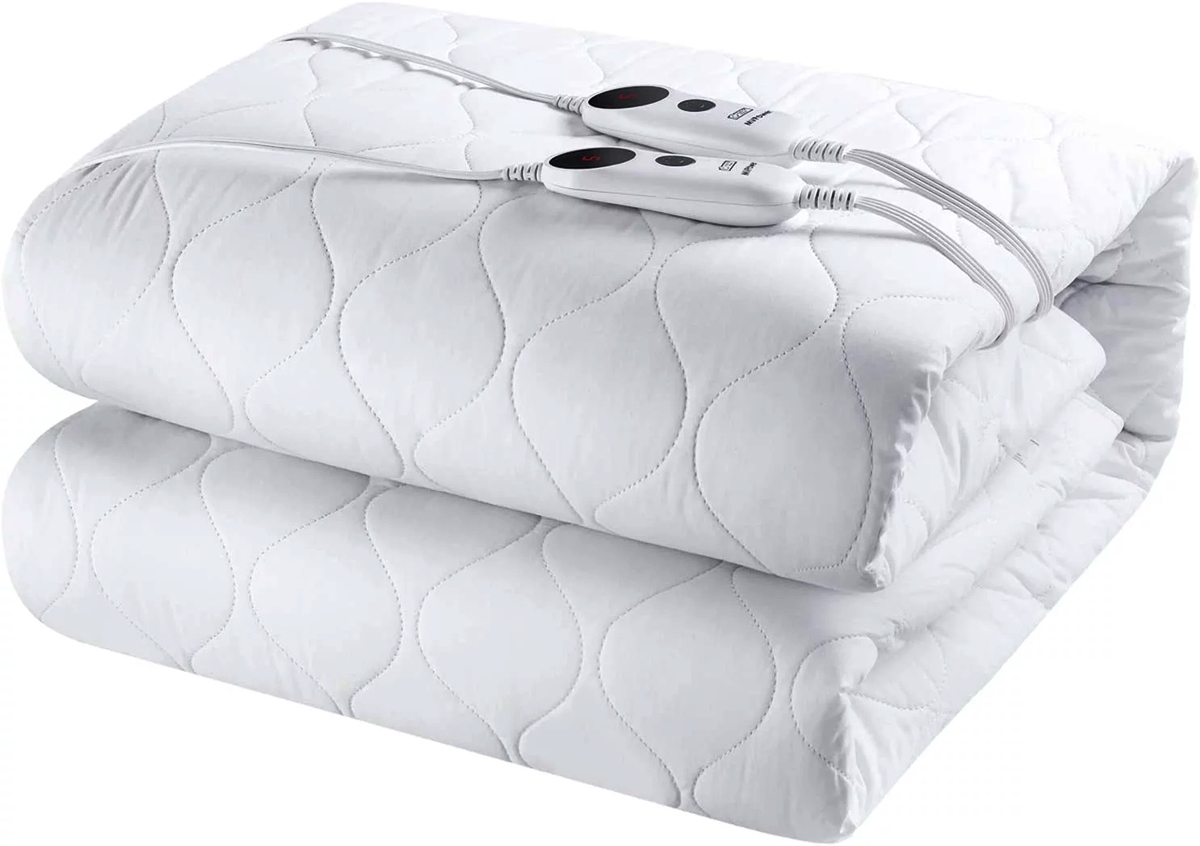
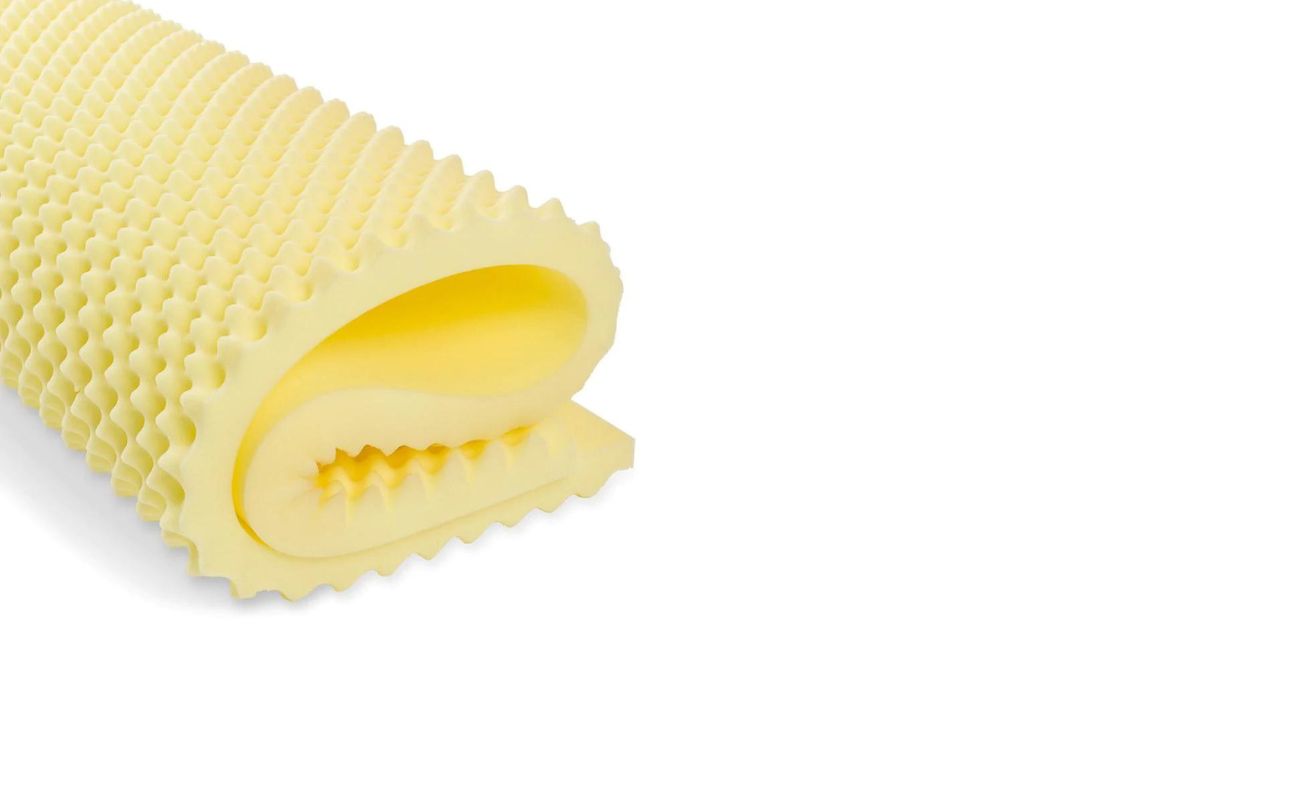
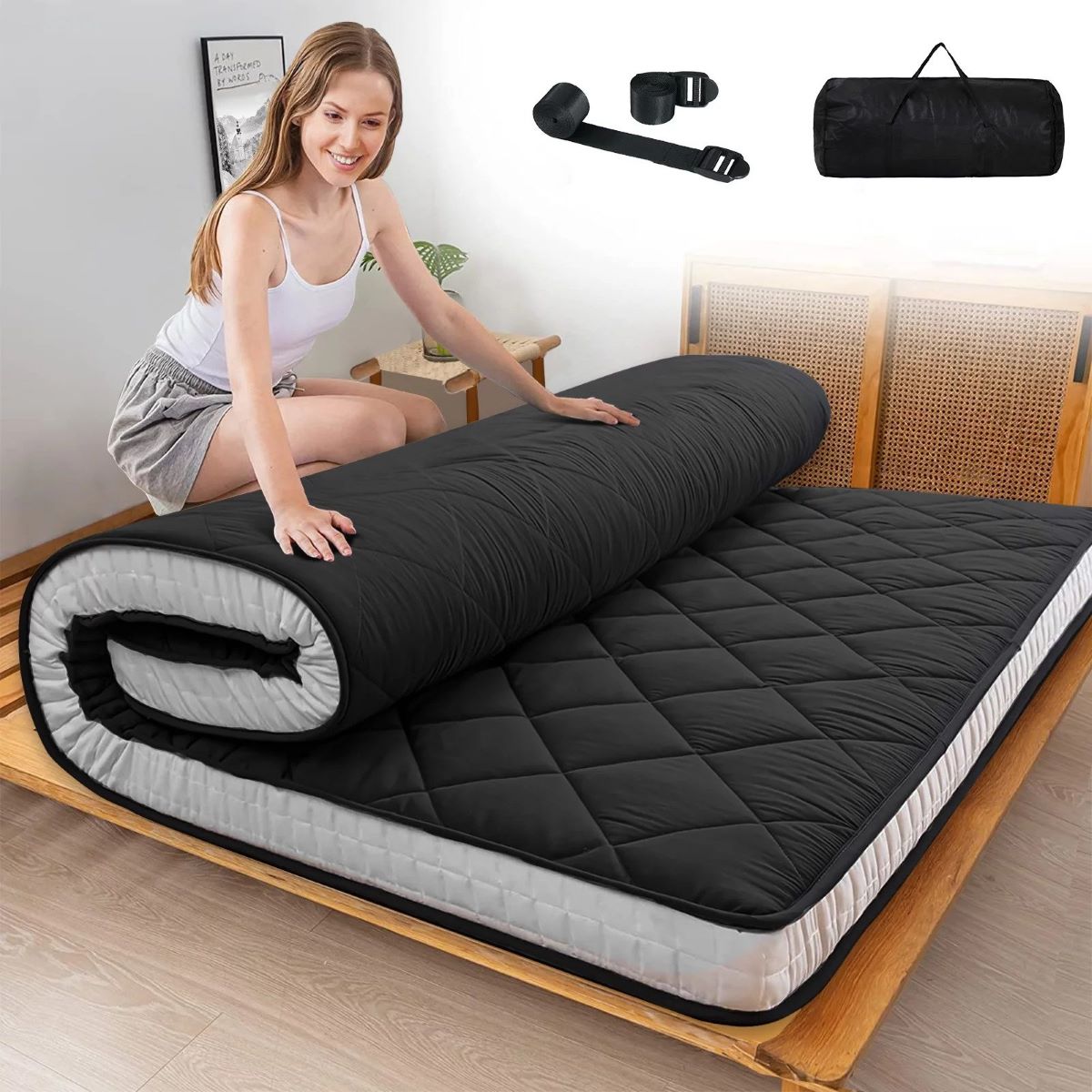
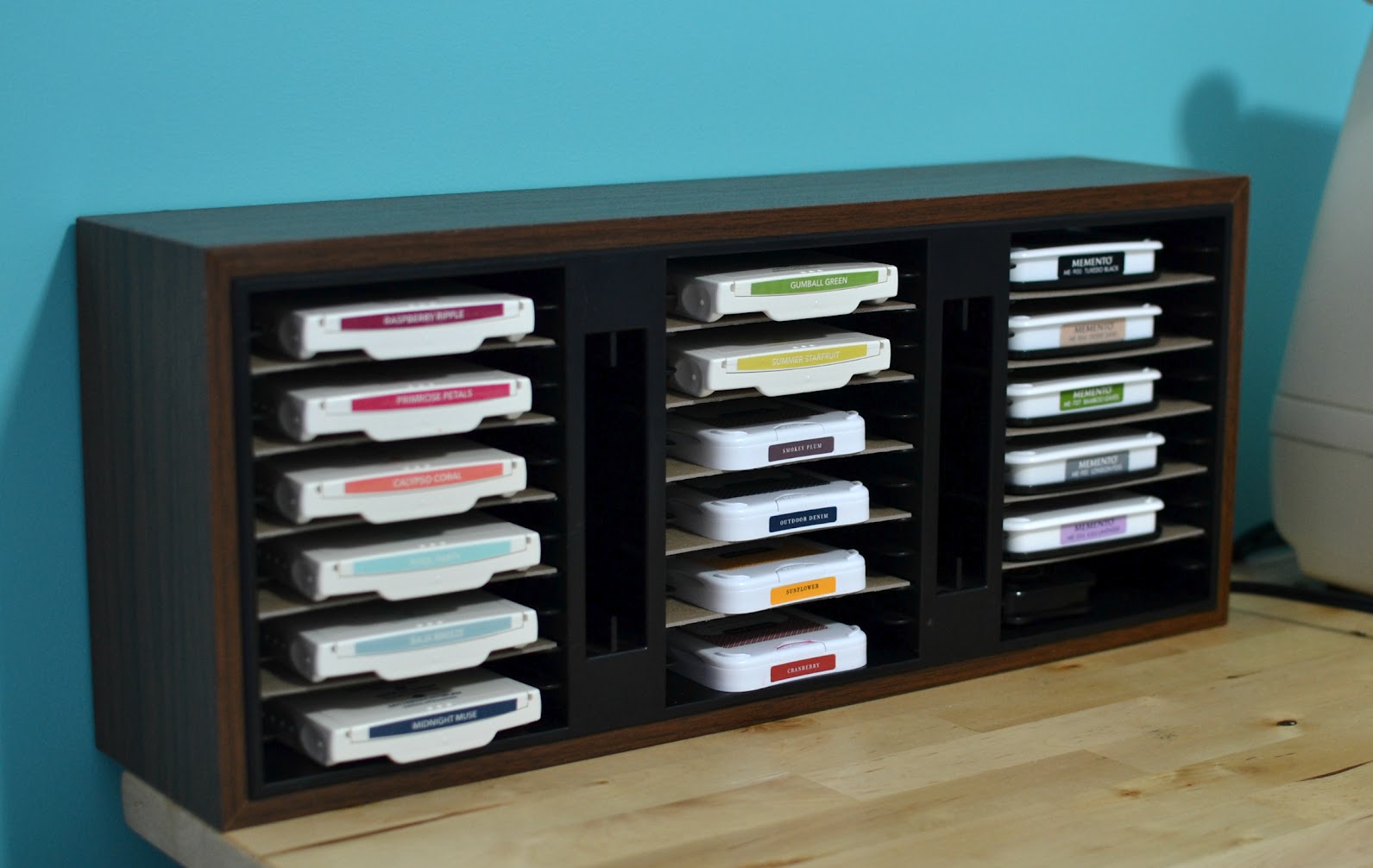
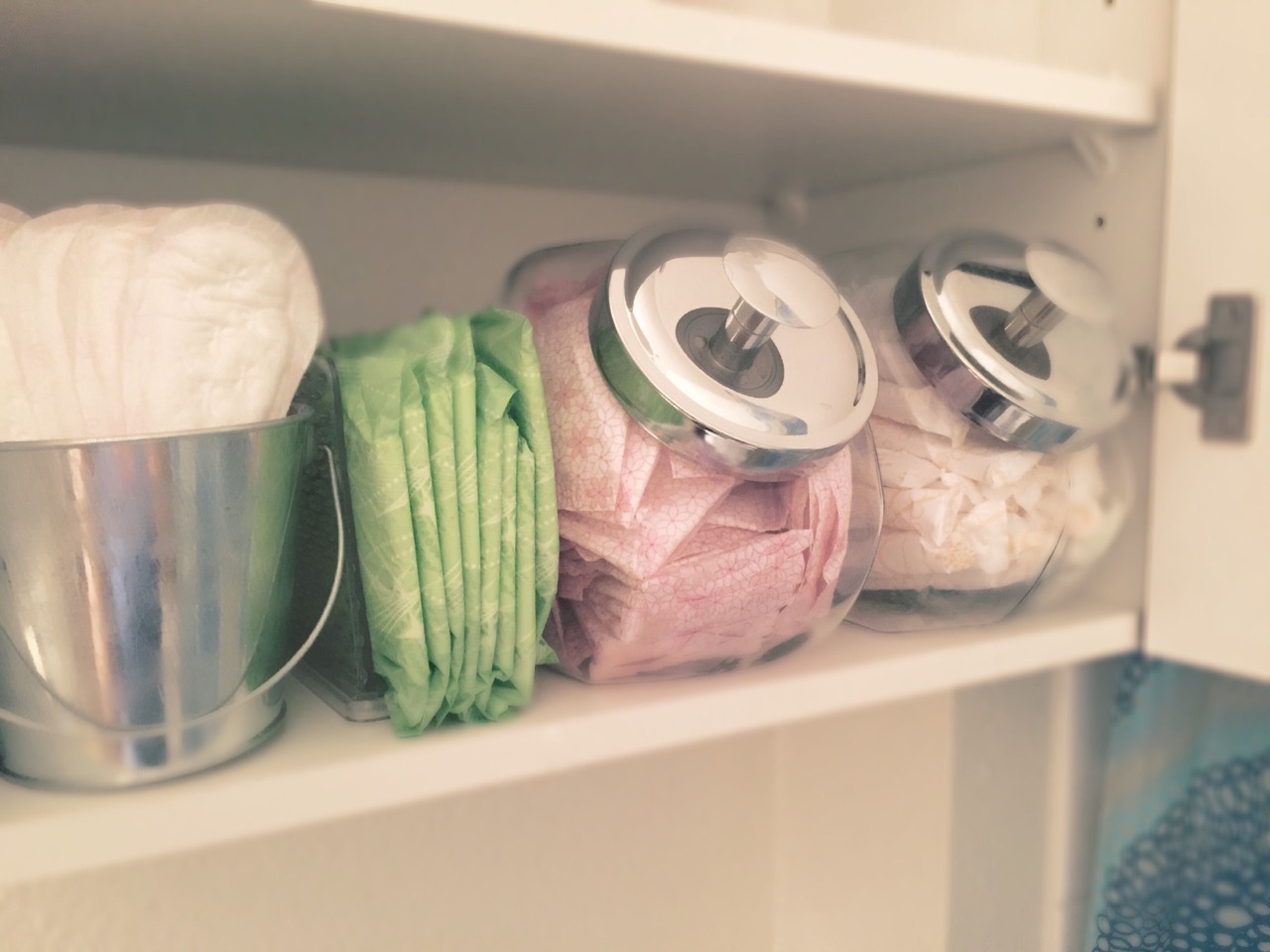
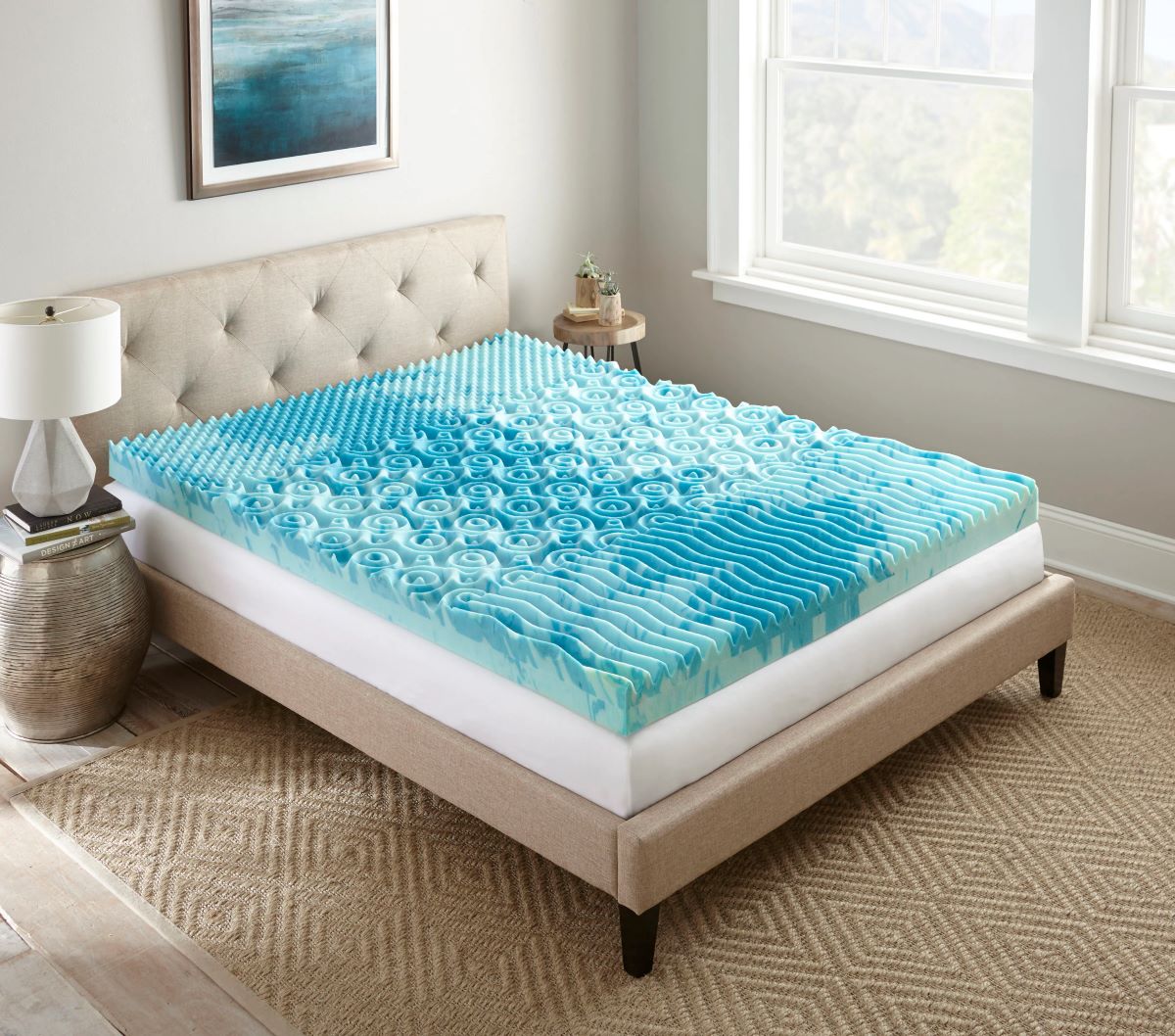
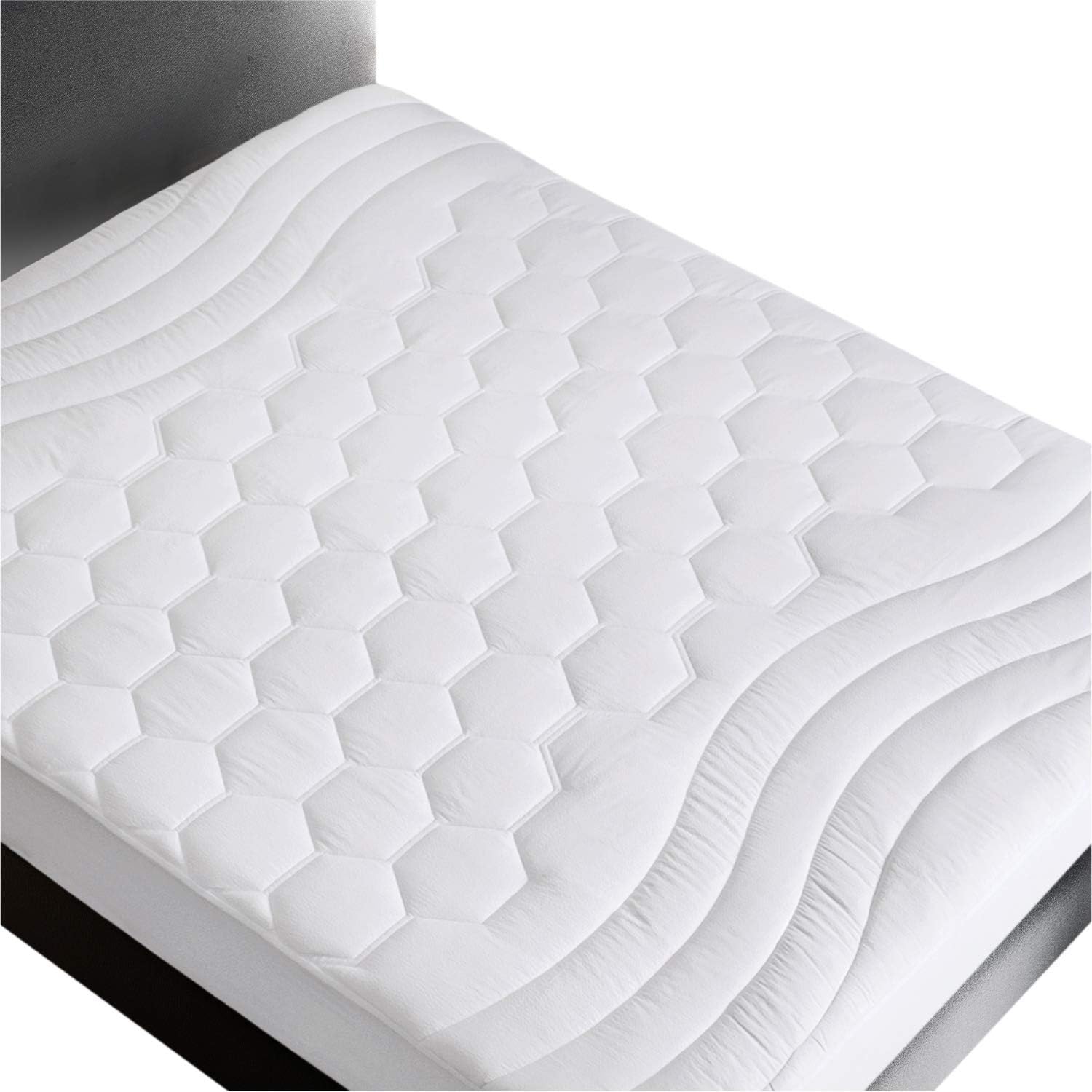
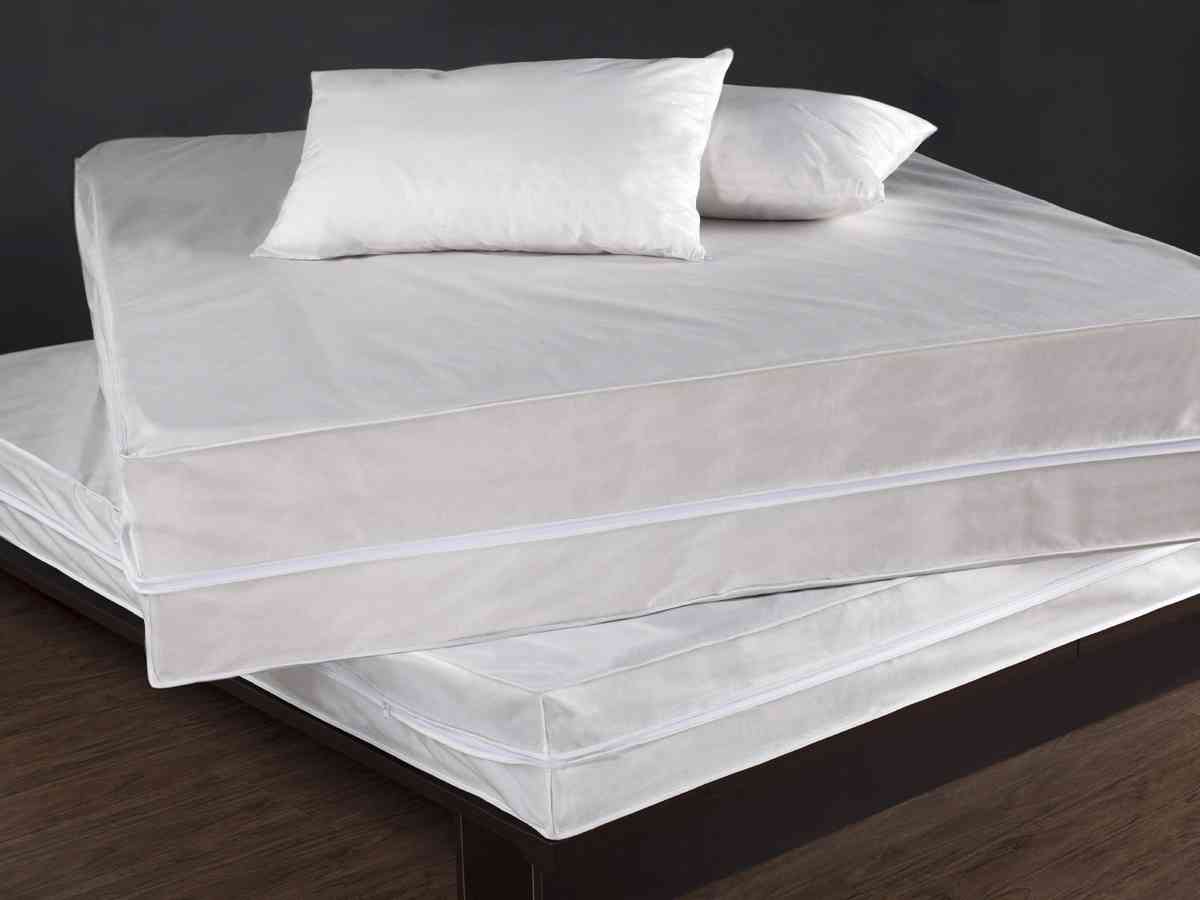

0 thoughts on “How To Store Mattress Pad”